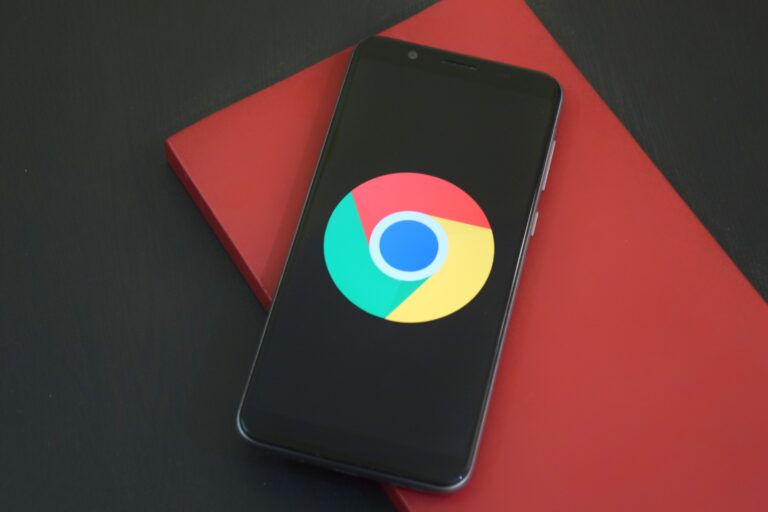Regardless of your niche, you need a fast-loading site to keep your users engaged. And optimizing your images is key to getting the high-performing website your brand and your users deserve.
According to states compiled by Inc.com, slow-loading images may be costing your website 39% of your visitors.
In this post, we’ll show you how image SEO optimization can:
- Improve your website’s overall performance
- Offer visitors a better experience
- Help you keep your users engaged
We’ll also share some key tips to make it happen.
Let’s dive in!
What Is Image Optimization?
First, let’s agree on a definition of image optimization.
Image Optimization consists of adjusting high-quality web images so they meet your website’s performance and accessibility standards.
Optimization may include:
- Compressing your images
- Delivering responsive images
- Changing how your images load
- Changing where your images load from
- Adding alt tags to your images
Google loves fast websites. So there’s a lot of overlap between optimizing images for performance and optimizing images for SEO.
What Makes Image SEO Optimization Important?
In a 2018 report, HTTP Archive found that images accounted for 21% of the total weight of an average web page. And presumably, that ratio has only increased in recent years.
Anytime you reduce image size without compromising quality, loading times and user experience improve. This will boost search engine rankings, which will help customer engagement, retention, and conversion.
In short, the purpose of image SEO optimization is to:
- Use server resources more efficiently. Optimized images consume less storage space and require less bandwidth.
- Improve SERP positioning. Google has made page speed a crucial component of its ranking algorithm. And optimized media files reduce load times.
- Better User Experience. Fast-loading pages with easy navigation encourage visitors to stay on your website longer. In addition, adding alternative text to your images improves the site’s accessibility.
The Basics of Optimizing Images for SEO
Now that we’ve taken a look at what optimizing images for SEO is (and the benefits that come with it), let’s take a look at some best practices.
Wondering how to start optimizing your images for SEO?
Here are some tips to hit the ground running:
- Compress your image files
- Use next-gen image formats
- Use the right image dimensions
- Serve your images through a CDN
- Set responsive images, if possible
Let’s take a closer look!
Compress Your Image Files
Compression is a fundamental step in image SEO optimization. Your ideal compression method will depend on:
- The type of images you’re uploading
- Your content publishing workflow
- Your CMS
We recommend you compress your images automatically, if possible. If your website runs on WordPress, you can easily handle automated compression with a plugin, such as reSmush.
Additionally, you should know that there are two types of image compression: Lossy and lossless.
While lossy compression removes some image data, lossless compression does not affect image quality or clarity, as it only removes non-essential data.
For instance, if you need to use high-quality photos on the website, lossless compression is the ideal choice, even if it means a slightly longer loading time.
Use Next-Gen File Formats
The vast majority of sites serve images in JPEG or PNG format. These formats aren’t a bad choice, and they’ve been around since the 1990s. But in 2023, there are better image formats out there.
We recommend serving images in next-gen formats. These formats take advantage of modern image processing and compression techniques.
These formats are:
- WebP (the most widely used and recommended format)
- JPEG 2000 (suitable for specialized cases)*
- JPEG XR (suitable for specialized cases)*
*Device and browser compatibility varies
WebP is our preferred substitute for JPEGs, PNGs, and even GIFs. On average, WebP images are 25-50% lighter than other formats.
Use the Right Image Dimensions
Using a 500 x 500 px image for a 50 x 50 px thumbnail means the browser has to download and scale the image before displaying it. This is inefficient and will slow down your website. You can avoid this by serving scaled images.
Scaled images fit the exact dimensions required by the website, whether it’s a full-width image or a small thumbnail.
Serve Your Images through a CDN
You can significantly improve your website’s performance by using a content delivery network (CDN). Instead of relying on one server to carry megabytes of data for each visitor across the world, a CDN provides global reach through a network of data centers.
In addition to a regular CDN, you can use an Image CDN and reduce your site’s image payload by up to 80%.
Using a CDN also positively affects the loading of JS & CSS files.
Some benefits of using CDNs:
- Improved user experience. Image CDNs automatically shrink images and convert their format according to the user’s device and needs.
- Improved site speed. A CDN server uses caching, speeding up image delivery time.
- Mobile-friendly. With advanced image CDNs, your images will display correctly on any mobile device.
Use Responsive Images
Serving desktop-sized images to mobile devices can consume 2-4 times more data than necessary. Additionally, thanks to mobile-first indexing, Google’s algorithm prioritizes websites’ mobile versions. Therefore, whether your images are mobile-friendly will affect your discoverability across devices.
Instead of a one-size-fits-all image approach, serve different image sizes for different devices.
You can use image resizing tools such as the npm sharp package or the CLI ImageMagick tool.
With the sharp package, you can automate image resizing. On the other hand, ImageMagick is convenient for ad hoc image resizing, as it’s used entirely from the command line.
Optimize Your Images for Discoverability & Accessibility
Optimizing images for SEO is not just about speed. You also need to make your images accessible and easy to find. That way, you’ll help Google understand and rank your content.
We recommend:
- Writing your image file names intentionally
- Adding alt tags to all your images
- Adding structured data to your images
- Optimizing your pages’ meta tags and headings
Be Intentional About Your File Names
Although Google’s documentation doesn’t specify if image filenames are ranking factors, it does say that the algorithm considers them when determining what an image is about.
We recommend you:
- Name your files with relevant and descriptive keywords.
- Put keywords at the beginning and separate words with hyphens.
- Do not use underscores. They can’t be distinguished by search engines, so they can’t “see” them separately.
- Make sure your file names are readable and relevant.
Use Alt Tags
Without alt tags, search engines cannot index your image content accurately. They provide clues for spiders to understand the images. That’s why you should not have critical text that is only available in images.
Your Alt Tags should:
- Provide context of the image.
- Helps visually impaired users.
- Provide information for search engines even when your image does not load.
- Provide more detail than the file name.
Add Structured Data to Your Images
Using structured data for your images can help Google understand their context, license, and authorship.
Here’s an example of what image structured data looks like:
Aside from giving some extra info about your image to Google, structured data can help users find your content on Google images when filtering by license type.
Optimize Titles and Descriptions
When ranking images, Google also takes its content into account. So components such as page titles, meta descriptions, and headings are also relevant to SEO image optimization. So make sure your website’s copy includes relevant keywords.
Clean Code Is the Key to Lasting SEO Results
Now you know some best practices for optimizing images for SEO. However, technical SEO extends way beyond what you just read. Cleaning up your code and detecting potentially harmful changes is also crucial.
Optimizing your images will have minimal impact if Google doesn’t understand your website’s structure, to begin with. But we all know that staying on top of your website’s code can be time-consuming at best and impossible at worst. That’s where SEORadar comes in.
SEORadar automatically reviews your website’s code base, looking for potentially harmful changes. SEORadar covers 100+ HTML elements, detecting everything from “noindex” tags to missing keywords. Whenever there’s an error, you’ll get notified automatically so you can fix it before your rankings drop.
Put your technical SEO on autopilot with SEORadar. Book a demo or start a free trial today.







